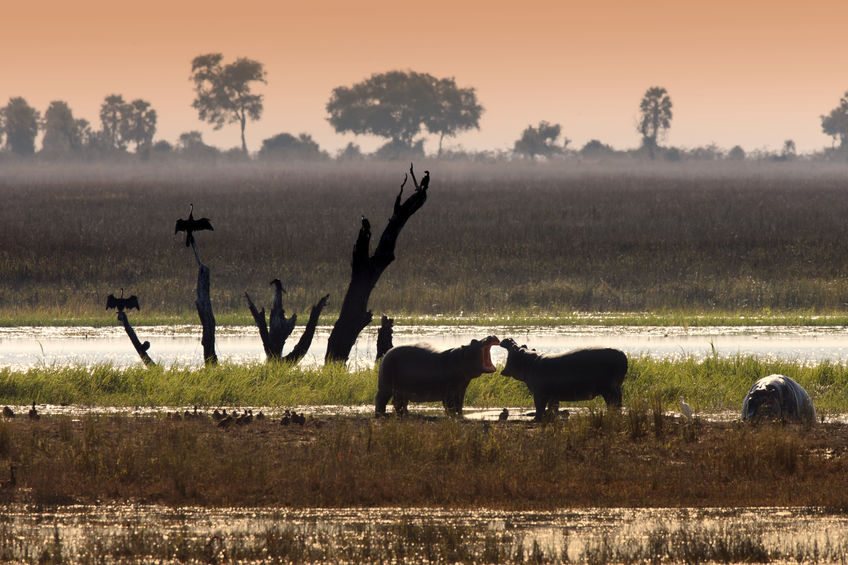For over a decade, scientists have been scratching their heads trying to figure out what is behind rising methane emissions around the world. Is it soaring production of natural gas, led by the fracking boom in the U.S.? Or is it agriculture, with all those flatulating cattle?
Now, the real culprit appears to have been found: It’s a giant wetland in East Africa. Coming in at 22,000 square miles, the Sudd wetlands in South Sudan is about the size of the state of West Virginia. Water entering the wetlands is fueling plant growth and soil microbiol activity, producing gobs of methane. It is now one of the largest freshwater ecosystems in the world, and growing. The influx of water appears to be the result of upriver dam releases on the Nile River and its tributaries.
Everything Became Greener
Satellite images “showed the Sudd wetlands expanded in size, you can even see it in aerial imagery – everything became greener,” Paul Palmer, and atmospheric scientist at the University of Edinburgh who co-authored the research, told BBC News. “There’s not much ground-monitoring in this region that can prove or disprove our results, but the data fit together beautifully.” The scientists published their findings in early December in the journal Atmospheric Chemistry and Physics.
“The level of the East African lakes, which feed down the Nile to the Sudd, increased considerably over the period we were studying,” Mark Lunt, a geoscientist at the University of Edinburgh who headed the research, told Yale Environment 360. “It coincided with the increase in methane we saw, and would imply that we were getting this increased flow down the river into the wetlands.”
As the East African wetlands expand, vegetation, including trees, will proliferate. Scientists are now focusing more attention on trees in tropical wetlands as a source of methane. The greener the earth gets, the more methane we’re going to get. It comes with the territory.
A Greener Planet
Proponents of human-caused (anthropogenic) global warming/climate change often describe methane as a “potent greenhouse gas,” far more powerful than the villainous carbon dioxide. But just as almost all CO2 occurs without human input, methane, too, is part of the natural world. For years satellite images have shown a greening planet, most notably in Africa. Contrary to the dire predictions of climate alarmists, deserts are shrinking, and plant life is taking hold where it has been absent for thousands of years.
All of this is good for biodiversity and food production and attests to the benefits of rising CO2 levels.
